The Massana School

Ring. Montserrat Guardiola. c. 1968-1970. Photo: Guillem Fernández-Huerta
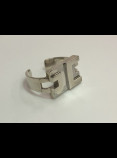
Pendant. Carmen Zulueta. 1980
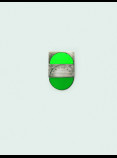
Brooch. Teresa Capella. Pforzheim, 1969. MADB 136310. Photo: Lluís Ros
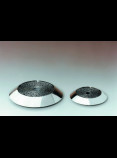
Teresa Casanovas. Ashtrays Trama. c. 1898. Photo: Arxiu Teresa Casanovas
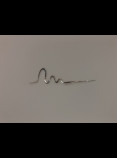
Needle Rayo. Chelo Sastre. c. 1976
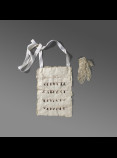
Necklace and ring. Margarita Kirchner. 1984. M. Luisa Samaranch collection. Fotografia: Guillem Fernández-Huerta
In general, women joined the field of jewellery as self-employed creators with their own workshops. In fact, many of them had already trained at a school with a specific department for this speciality. In Barcelona, these new forms of jewellery were driven by the Massana School. This school established close ties with the Kunst- und Werkschule school in Pforzheim, which followed the Bauhaus educational model and had a great influence on the Escola Massana in relation to the transformation of the jewellery trade.
The new creative concept was embraced by many female jewellers, starting with students and later followed by a few teachers, such as Anna Font, who had the opportunity to display their pieces in the new art galleries devoted to jewellery. Furthermore, female creators accounted for a significant proportion of creators featured in the many international “new jewellery” exhibitions of the time.


